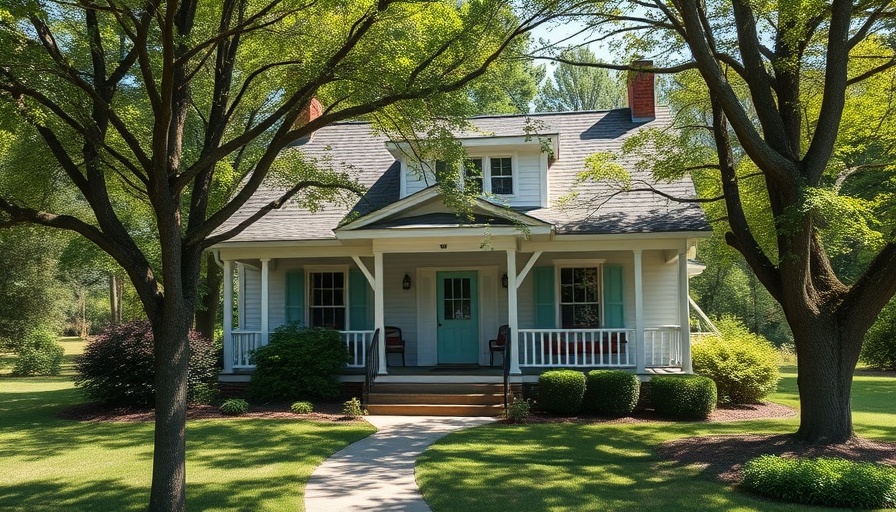
Understanding the Appeal: Second Homes vs. Investment Properties
The allure of owning a second property is undeniable. Whether it’s a cozy cabin by the lake for family vacations or a bustling duplex to rent out in a convenient location, real estate often symbolizes both an investment and a personal escape. However, the IRS and mortgage lenders scrutinize the classification of these properties, leading to vastly different implications in financing, taxes, and ownership rules.
Key Differences: A Closer Look
| Category | Second Home | Investment Property |
|---|---|---|
| Primary Purpose | Enjoyment for personal use | Generate income and build wealth |
| Financing | Lower interest rates, less upfront cost | Higher rates, larger down payments required |
| Taxes | Limited deductions on mortgage interest | Extensive deductions on rental income |
| Usage Rules | Must occupy for part of the year | No personal occupancy requirements |
| Management | Similar to a primary residence | May require active rental management |
| Capital Gains | Subject to potential exemptions | Subject to tax on income and depreciation |
Investing Wisely: Key Considerations
Choosing between a second home and an investment property involves more than just preference—it's about understanding your financial goals and how each property type aligns with them. A second home often serves immediate personal enjoyment, while an investment property can provide long-term financial returns through rental income and appreciation.
Financial Impact: What You Need to Know
Purchasing a second home typically means securing a mortgage with lower interest rates, often allowing buyers to leverage their primary residence's equity. With an investment property, the stakes are higher. Lenders usually require a larger down payment—typically between 20% to 30%—and the terms may include higher interest rates to offset perceived risks.
Tax Implications: Understanding the Differences
In terms of taxes, second homes offer limited deductions. For instance, homeowners can often deduct mortgage interest within certain limits. However, an investment property allows for broader deductions, including expenses related to property management, maintenance, and depreciation. Understanding these differences can help you maximize your tax benefits and streamline ownership costs.
Rental Management: Active vs. Passive
Ownership responsibilities also diverge. While a second home can be managed similarly to a primary residence, allowing owners to enjoy personal use without the burden of constant oversight, investment properties generally require active management. This includes handling tenants, maintenance issues, and potentially hiring management services to ensure profitability. Investors must weigh the hands-on nature of managing rentals against their willingness to commit time and effort.
Long-term Wealth: Strategic Investment Insights
Residential investment properties often appreciate over time and can be a key component of retirement strategy. Depending on market conditions and location, properties can increase significantly in value, offering financial security and wealth-building options through rental income and eventual resale.
Conclusion: Making the Right Choice
As you contemplate buying a second home or an investment property, be sure to align your purchase with your financial goals and lifestyle ambitions. Understanding the distinct advantages and responsibilities associated with each option will empower you to make an informed decision. Whether you want a serene getaway or a strategic investment, the right property type can significantly enhance your portfolio.
It's time to explore the market! Start your journey by checking MLS listings near you for the best deals on both second homes and investment properties. Remember, real estate offers vast opportunities, so make sure you're well-informed before making any decisions.
 Add Row
Add Row  Add
Add 



Write A Comment